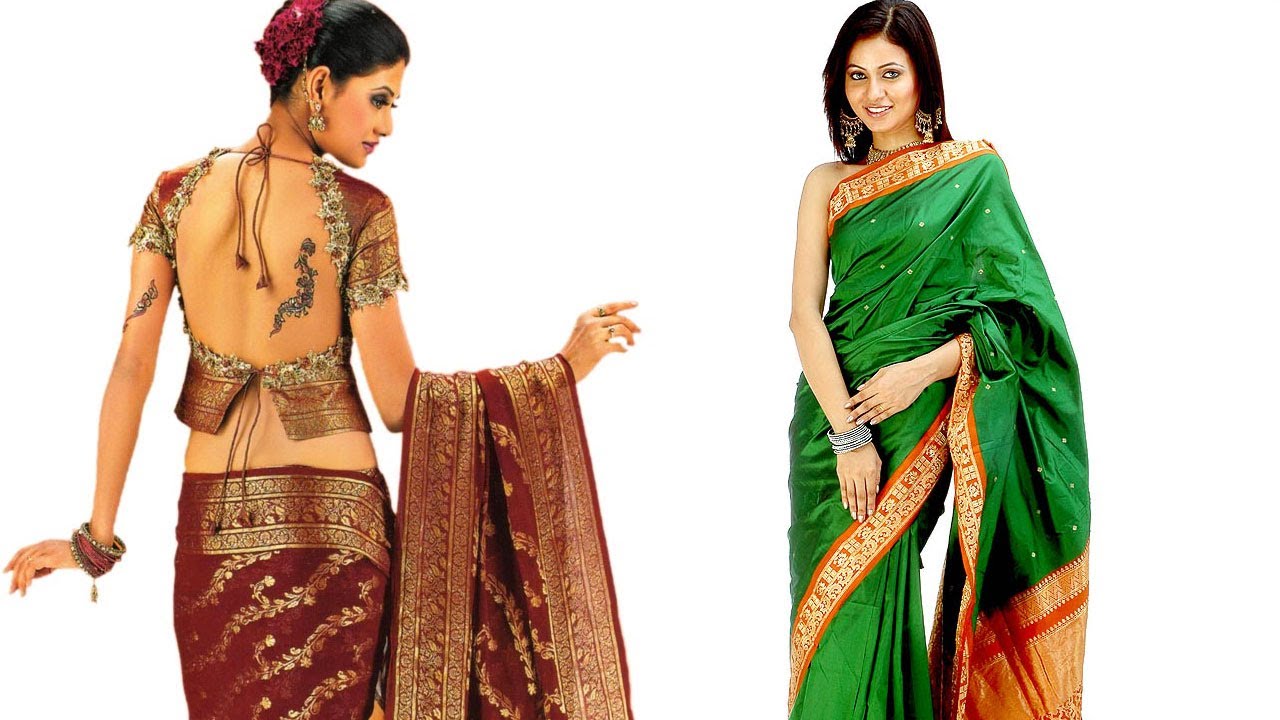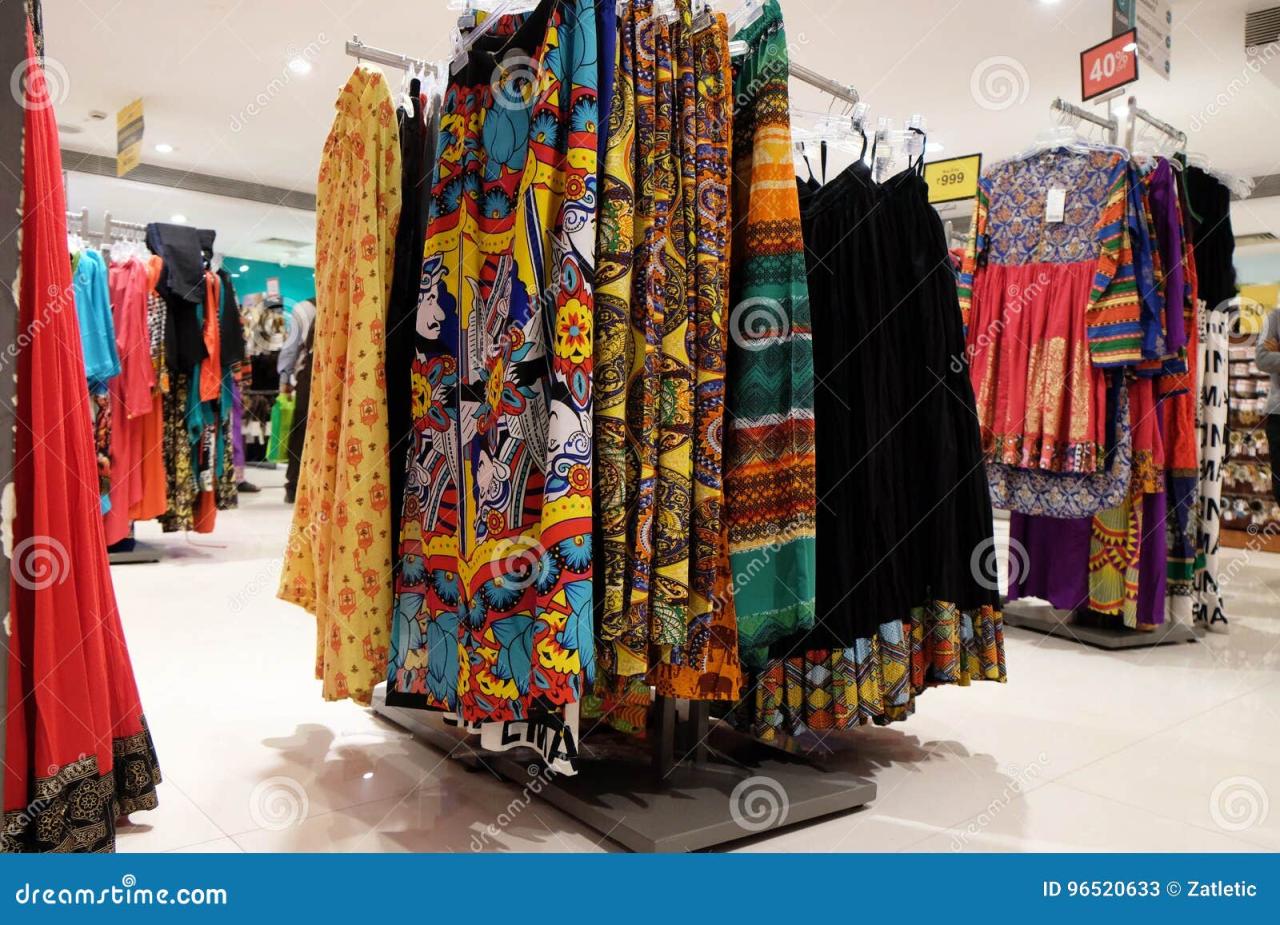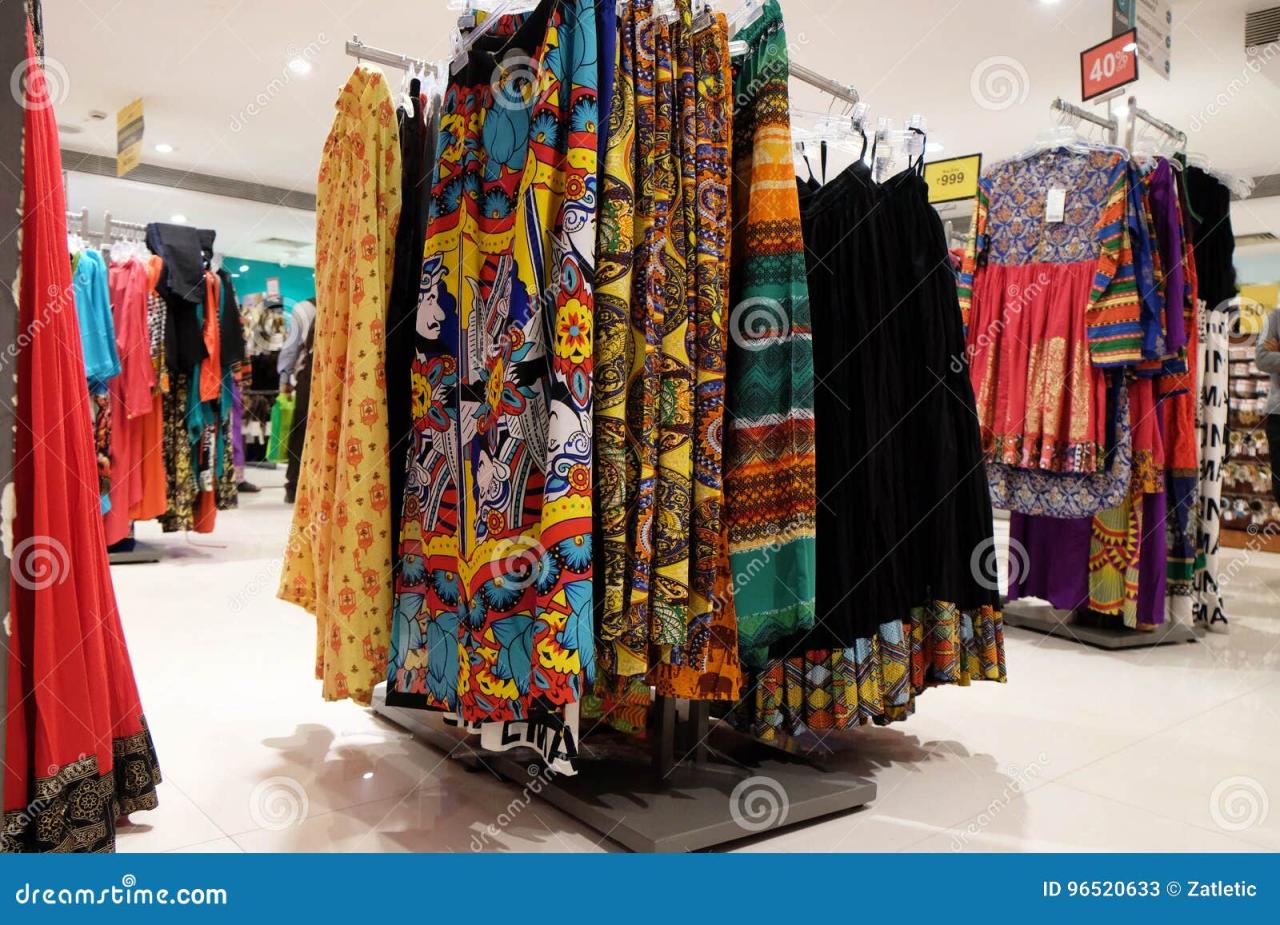Wrapped Indian Garment nyt takes center stage in this captivating exploration, unraveling the rich history, cultural significance, and contemporary interpretations of this timeless attire. From its ancient origins to its modern-day reincarnations, this garment weaves a captivating narrative that intertwines tradition and innovation.
Throughout history, the wrapped garment has held a profound cultural and religious significance in Indian society. Worn in diverse ways, it carries a wealth of symbolism and plays a vital role in ceremonies, festivals, and other cultural events. Today, contemporary designers are reimagining this traditional attire, incorporating it into modern fashion with fusion styles and innovative adaptations.
Historical Evolution of the Wrapped Indian Garment: Wrapped Indian Garment Nyt
The wrapped garment, a timeless and versatile piece of attire, holds a significant place in the cultural tapestry of India. Its origins can be traced back to ancient times, with its form and significance evolving over centuries to adapt to changing societal norms and fashion trends.
Origins and Cultural Significance
The earliest evidence of wrapped garments in India dates back to the Indus Valley Civilization (2600-1900 BCE). These garments, made from cotton or wool, were simple and functional, serving primarily as protection from the elements. Over time, the wrapped garment became more elaborate, incorporating intricate designs and embellishments that reflected the wearer’s social status and cultural identity.
In ancient India, the wrapped garment held both practical and ritualistic importance. It was worn by both men and women, and its style and drape varied according to region and occasion. For example, the dhoti, a traditional garment worn by men, was typically made from a long piece of white cotton and wrapped around the waist, while the sari, worn by women, was a longer piece of fabric that was draped over the shoulder and around the body.
Adaptation to Changing Societal Norms and Fashion Trends
As Indian society evolved, so did the wrapped garment. During the Mughal period (16th-19th centuries), the influence of Persian and Central Asian cultures led to the introduction of new fabrics and embellishments, such as silk, velvet, and embroidery. The wrapped garment became more ornate and luxurious, and its use spread beyond the royal courts to the general population.
In the 19th and 20th centuries, the wrapped garment underwent further transformations. The influence of Western fashion led to the adoption of new styles and silhouettes, while the rise of the Indian independence movement inspired a renewed appreciation for traditional textiles and craftsmanship.
Today, the wrapped garment continues to be an integral part of Indian culture, worn by people from all walks of life.
Cultural Significance and Symbolism
The wrapped Indian garment holds immense cultural significance and is deeply ingrained in Indian society. It symbolizes modesty, grace, and elegance, and is often associated with traditional values and customs.
Religious Ceremonies
The wrapped garment plays a significant role in religious ceremonies and festivals. During weddings, the bride typically wears a red or maroon silk sari, representing prosperity and auspiciousness. In Hindu temples, devotees often wear dhotis or saris as a mark of respect and devotion.
Social Status
The type of wrapped garment worn can also indicate social status. For example, in some parts of India, women from higher castes traditionally wear silk saris, while those from lower castes wear cotton saris.
Regional Variations, Wrapped indian garment nyt
The wrapped garment varies in style and design across different regions of India. In the north, the salwar kameez is popular, while in the south, the sari is more prevalent. These regional variations reflect the diverse cultural heritage of India.
Contemporary Interpretations and Modern Applications

The wrapped garment has undergone significant reinterpretations and found novel applications in contemporary times. Designers have reimagined the traditional form, incorporating innovative materials, colors, and patterns to create unique and modern interpretations.
In the fashion world, the wrapped garment has been adapted into fusion styles, blending traditional Indian aesthetics with Western influences. Designers have experimented with different fabrics, such as silk, cotton, and georgette, to create draped and flowing silhouettes. These garments often feature intricate embroidery, beadwork, and embellishments, adding a touch of glamour and sophistication.
In Art and Photography
Beyond fashion, the wrapped garment has also made its mark in art and photography. Artists have used the garment as a symbol of cultural identity and heritage, exploring its expressive potential through various mediums.
In photography, the wrapped garment has been captured in stunning portraits, capturing the beauty and grace of the human form. Photographers have used the garment to convey narratives of cultural diversity, empowerment, and self-expression.
Wrap-Up

As we delve into the intricacies of the wrapped Indian garment, we discover a garment that transcends time and fashion trends. Its enduring appeal lies in its ability to adapt and evolve, while remaining rooted in its rich cultural heritage.
From ancient origins to modern interpretations, this garment continues to captivate and inspire, showcasing the enduring power of tradition in a constantly evolving world.
Detailed FAQs
What is the significance of the wrapped garment in Indian culture?
The wrapped garment holds deep cultural and religious significance, representing modesty, grace, and tradition. It is worn in various ways and carries specific symbolism depending on the occasion.
How has the wrapped garment evolved over time?
The wrapped garment has adapted to changing societal norms and fashion trends, evolving from traditional drapes to modern interpretations. Contemporary designers incorporate it into fusion styles and innovative designs, showcasing its versatility and enduring appeal.

